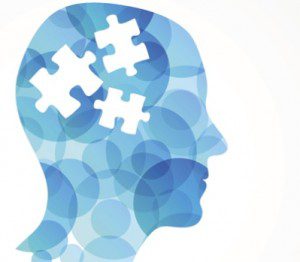


Furthermore, when the researchers reminded participants of the cues they originally used to make their decisions, the incidence of hindsight bias dropped. In fact, the researchers found that the model's predictions were accurate up to 80 percent of the time. Based upon these results, the RAFT model was able to make precise predictions about when hindsight bias occurs. Others first got to see the actual cholesterol content of each food item and were then asked to recall their earlier answers.Ĭonsistent with the model, the researchers found that knowledge of nutrition values was updated such that it was more consistent with the feedback (i.e., the actual cholesterol content), whereas this knowledge remained unchanged when no feedback was given. Some participants were simply asked to recall their earlier decision. Either a day or a week later they returned to the laboratory and were asked to recall the decisions they made about the food-item pairs and how confident they were in their decisions. They were also asked how much confidence they had in their choice. Then participants were shown a list of the same foods split into pairs and the researchers asked them to decide which item in the pair had the higher cholesterol content.

To test their RAFT model, the researchers set up experiments in which, for instance, 80 student volunteers at the University of Chicago were provided with nutrition information about certain foods such as fat content, number of calories and protein content. argue that it's a by-product of an adaptive mechanism - one that makes human memory more efficient. Rather than thinking of hindsight bias as a flaw of human cognition, as previous research suggests, Hoffrage, et al. So while feedback does not directly affect a person's memory for the original response, it indirectly affects the memory by updating the knowledge used to reconstruct the response. And what he currently knows is the updated version of what he used to know. If a person cannot remember this initial judgment, he will reconstruct it from what he currently knows about the situation. The basic idea of the RAFT model is that any feedback or correct information a person receives after he has given his initial judgment automatically updates the knowledge base underlying the initial judgment. If before the election, he estimated 30%, and then learned that the actual figure was 50%, he may later recall that his answer was 40%. For instance, suppose a person was asked to estimate how many votes John McCain would get in the Michigan primaries. If, in the interim, they're told what the correct judgment would have been, their memory of their own judgment may become biased toward the new information. Hindsight bias can occur when people make a judgment or choice and are later asked to recall their judgment. Ulrich Hoffrage, Ralph Hertwig and Gerd Gigerenzer, authors of the RAFT model, published their research in the May issue of the Journal of Experimental Psychology: Learning, Memory and Cognition, published by the American Psychological Association. Researchers in the Adaptive Behavior and Cognition (ABC) research group at the Max Planck Institute for Human Development in Berlin, Germany, have developed a model of hindsight bias called Reconstruction After Feedback with Take the Best (RAFT). According to new research, hindsight bias - the way our impression of how we acted or would have acted changes when we learn the outcome of an event - is actually a by-product of a cognitive mechanism that allows us to unclutter our minds by discarding inaccurate information and embracing that which is correct.

WASHINGTON - It is said that hindsight is 20-20.


 0 kommentar(er)
0 kommentar(er)
